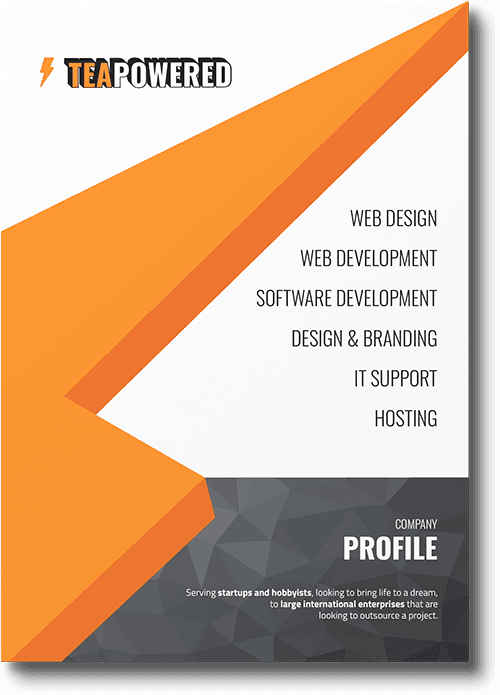Conversion Rate Optimisation Through Design
An often overlooked aspect of website design is its direct impact on conversion rates. A well-designed website can significantly enhance user engagement, trust, and ultimately, conversions. By employing strategic design elements like clear call-to-action buttons, intuitive layouts, and persuasive visual content, businesses can guide visitors through a seamless journey from landing to conversion.
Interactive Elements Boosting Engagement
Interactive design elements are increasingly becoming a staple in web design. From hover effects to dynamic scrolling, these features not only enhance the aesthetic appeal but also engage users more effectively, increasing the likelihood of conversion. They provide an interactive and engaging experience that encourages users to spend more time on the site, thereby increasing the chances of them taking desired actions.
The Integration of CMS and Web Design
Bespoke Content Management Systems
In 2024, the integration of Content Management Systems (CMS) with web design is more prevalent than ever. A bespoke CMS allows businesses to manage their website content efficiently while maintaining design consistency and functionality. Custom CMS solutions, tailored to specific business needs, empower teams to update content dynamically without compromising on design or user experience.
Streamlining Web Development
The intersection of web design and development is critical for creating effective digital platforms. Modern web development practices are geared towards creating websites that are not only visually appealing but also technically sound. This involves using the latest coding standards, frameworks, and technologies to ensure that the design is seamlessly translated into a functional website.
Future-Proofing Websites with Advanced Hosting Solutions
Importance of Reliable Website Hosting
As the digital landscape becomes more competitive, the reliability and performance of a website are paramount. Advanced hosting solutions play a crucial role in ensuring that websites are fast, secure, and always available. A robust hosting infrastructure supports the technical demands of modern web design, ensuring that websites perform optimally at all times.
Embracing New Technologies in Web Development
The Role of React and PHP in Modern Web Design
Emerging technologies like React and PHP are shaping the future of web development. React, with its component-based architecture, offers a dynamic and efficient way to build user interfaces. It enhances the speed and usability of web applications, making them more interactive and responsive. PHP, known for its versatility and simplicity, continues to be a powerful tool for building dynamic websites. These technologies are integral to modern web design, offering scalability and flexibility in developing cutting-edge websites.
Conclusion
As we navigate through 2023 and beyond, the importance of staying abreast of the latest web design trends cannot be overstated. From minimalism to mobile-first design, and accessibility to AI integration, the future of website design is vibrant and diverse. By leveraging these trends and technologies, businesses can create websites that are not only visually stunning but also highly functional, accessible, and conversion-optimized.
